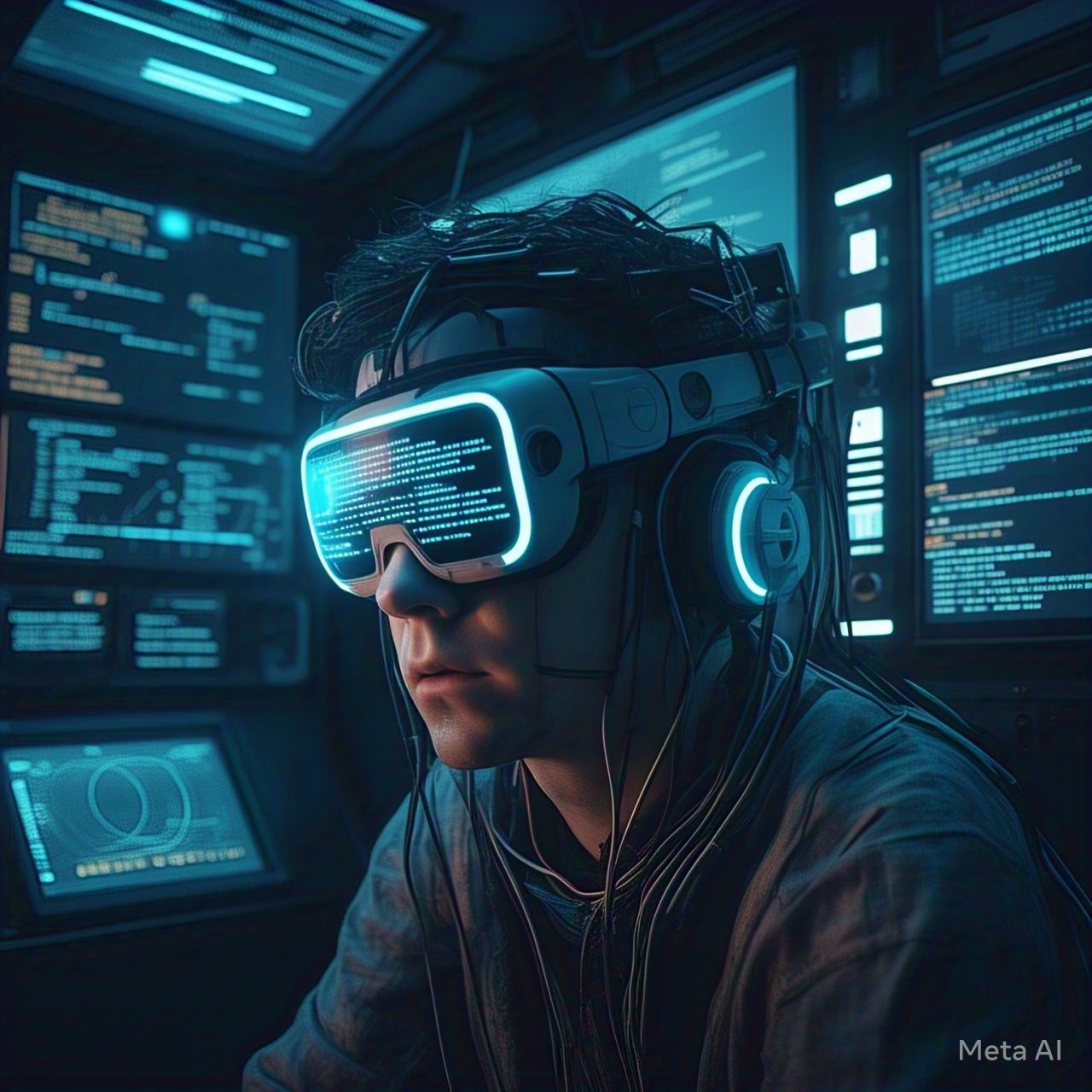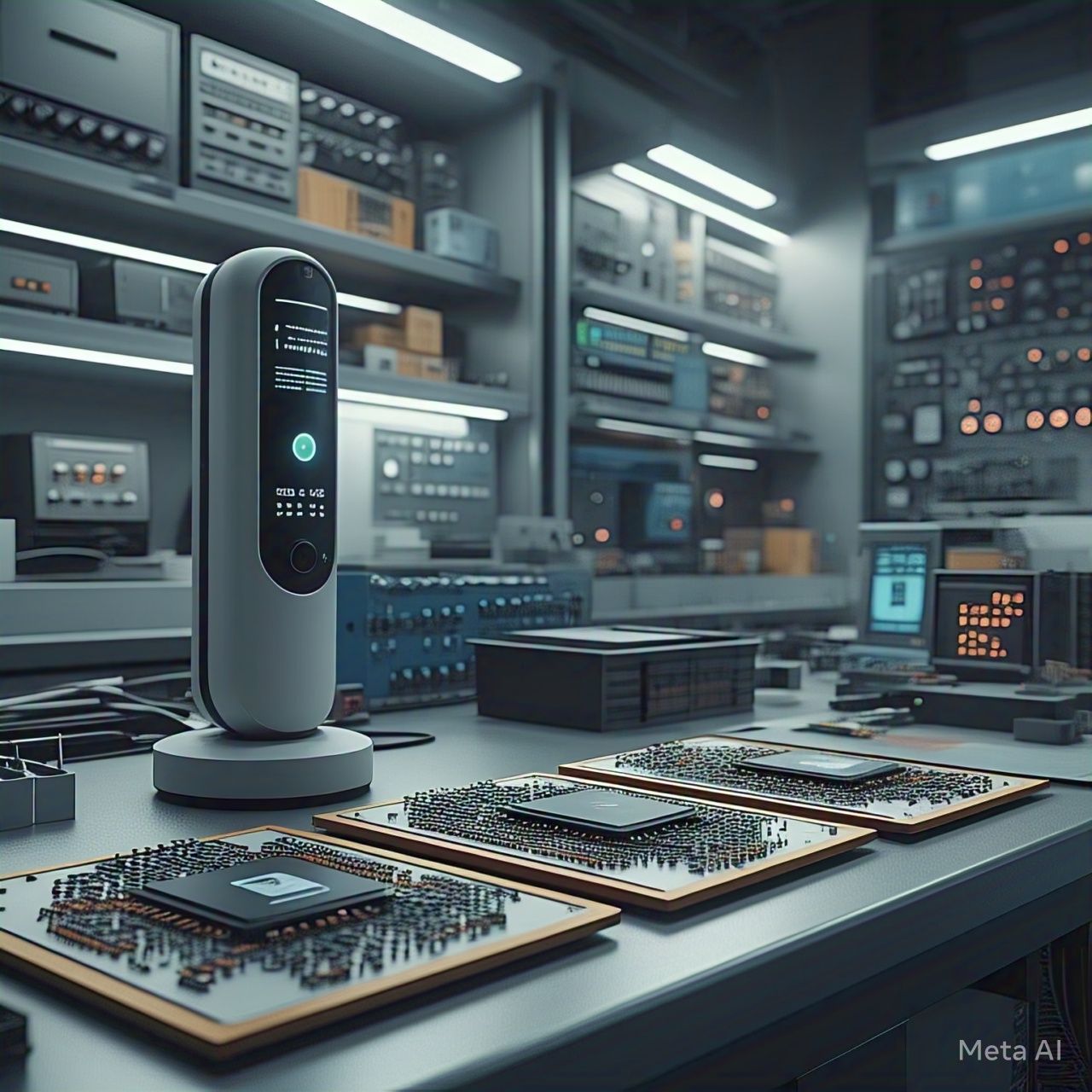Table of Contents
- Introduction
- Defining Morality: Human vs. Machine Perspective
- Why Teaching Ethics to AI is a Challenge
- Current Approaches to Ethical AI
- The Role of Data in AI Moral Decision-Making
- Can AI Ever Develop a Moral Compass?
- Real-World Ethical Dilemmas for AI
- AI in Criminal Justice: Fair or Biased?
- The Ethics of Autonomous Weapons and AI Warfare
- The Role of Human Oversight in AI Ethics
- Future of Ethical AI: Challenges and Possibilities
- Conclusion
- FAQs
Introduction
As artificial intelligence (AI) continues to integrate into society, a pressing question emerges: Can AI understand morality? AI systems power self-driving cars, healthcare diagnostics, law enforcement, and even autonomous weapons, yet they lack the inherent ethical judgment that humans possess. Teaching ethics to machines is a monumental challenge, given the complexity and subjectivity of morality.
This article explores whether AI can be taught ethics, the challenges in doing so, and the implications of AI making moral decisions.
Defining Morality: Human vs. Machine Perspective
Morality is a set of principles that govern right and wrong behavior. For humans, morality is shaped by culture, religion, personal experiences, and societal norms. But can AI develop a similar sense of morality?
Key Differences:
| Aspect | Human Morality | AI Morality |
|---|---|---|
| Basis | Emotion, experience, and societal norms | Algorithms and data |
| Flexibility | Evolves over time with changing beliefs | Rigid and dependent on programming |
| Context Awareness | Understands nuanced ethical dilemmas | Limited by data and logic |
| Decision Making | Influenced by empathy and ethics | Based on pre-defined rules and patterns |
AI lacks the emotional intelligence that drives human moral reasoning. Instead, it relies on pre-set parameters that attempt to mimic ethical decision-making.
Why Teaching Ethics to AI is a Challenge
- Lack of Universal Morality – Different cultures and societies have varied moral values, making it hard to create a universal ethical AI.
- Context Sensitivity – Moral decisions depend on situational context, which AI struggles to interpret accurately.
- Bias in Training Data – AI learns from human-created data, which may contain inherent biases that can lead to unethical outcomes.
- Decision Accountability – If an AI makes a moral decision that causes harm, who is responsible—the developer, the AI, or the user?
Current Approaches to Ethical AI
1. Rule-Based Ethics
Some AI systems follow strict ethical guidelines. For example, Isaac Asimov’s Three Laws of Robotics propose:
- A robot may not harm a human or allow harm through inaction.
- A robot must obey human orders unless it contradicts the first law.
- A robot must protect its existence unless it conflicts with the first two laws.
While useful in theory, these laws are too simplistic for real-world AI applications.
2. Machine Learning with Ethical Constraints
AI models can be trained using ethical constraints to avoid harmful decisions. For instance:
- Self-driving cars are programmed to prioritize human life in accident scenarios.
- Healthcare AI follows strict regulations to ensure patient safety and fairness.
3. Value Alignment
Researchers develop AI models that align with human values by:
- Analyzing vast ethical datasets.
- Incorporating human feedback to refine moral judgments.
- Implementing oversight committees to ensure ethical AI deployment.
The Role of Data in AI Moral Decision-Making
AI ethics is largely influenced by the quality of training data. However, challenges arise when:
- Data reflects human biases – If training data contains discrimination, AI models may replicate those biases.
- AI misinterprets intent – AI might classify morally ambiguous data incorrectly.
- Incomplete datasets – AI models trained on limited data may fail to recognize ethical concerns in unseen scenarios.
Can AI Ever Develop a Moral Compass?
Unlike humans, AI lacks consciousness, emotions, and self-awareness. However, advancements in AI ethics research suggest AI can:
- Simulate ethical reasoning using structured rules.
- Learn from human feedback to refine decision-making.
- Predict ethical outcomes based on historical data.
Yet, AI remains a tool rather than a moral agent.
Real-World Ethical Dilemmas for AI
| Scenario | Ethical Dilemma |
| Self-Driving Cars | Should an autonomous vehicle prioritize passenger safety over pedestrians in an unavoidable accident? |
| AI Hiring Systems | How do we prevent AI from discriminating based on gender, race, or disability? |
| AI in Healthcare | Can AI make life-or-death decisions for patients in critical care? |
| Autonomous Weapons | Should AI-powered military drones have decision-making autonomy to kill targets? |
AI in Criminal Justice: Fair or Biased?
AI is increasingly used in legal systems for predictive policing and sentencing recommendations. However, issues arise when:
- AI models disproportionately target minority communities.
- Predictive policing relies on biased crime data.
- Sentencing AI fails to consider rehabilitative factors.
Ethical AI requires transparency, fairness, and human oversight to ensure justice.
The Ethics of Autonomous Weapons and AI Warfare
Autonomous military robots can make life-or-death decisions without human intervention, raising concerns about:
- Lack of human empathy – AI lacks emotional intelligence required for wartime ethics.
- Escalation risks – Fully autonomous weapons could increase global conflict.
- Accountability issues – Who is responsible for AI-driven warfare mistakes?
Regulations are needed to prevent AI from being misused in warfare.
The Role of Human Oversight in AI Ethics
To ensure ethical AI, human oversight is essential. Effective oversight includes:
- Ethical AI Committees – Regulators review AI decisions for fairness.
- Transparency Measures – Open-source AI ethics research improves accountability.
- Continuous Monitoring – AI systems should be regularly audited for bias.
Future of Ethical AI: Challenges and Possibilities
The future of ethical AI depends on:
- Advancements in explainable AI (XAI) – AI models that justify decisions.
- Stronger AI regulations – Governments implementing AI ethics policies.
- Human-AI collaboration – Humans working alongside AI for better decision-making.
While AI will never possess human morality, it can be programmed to follow ethical principles with proper oversight.
Conclusion
AI ethics is one of the most pressing challenges of modern technology. While AI can be trained to make ethical decisions, it lacks genuine moral understanding. The responsibility lies with developers, regulators, and society to ensure AI aligns with human values. By improving AI oversight, reducing bias, and implementing transparent decision-making processes, we can guide AI towards ethical applications that benefit humanity.
FAQs
1. Can AI truly understand morality?
No, AI can simulate ethical decision-making but lacks true moral understanding.
2. What are the biggest challenges in teaching AI ethics?
Bias in training data, lack of universal morality, and AI’s inability to understand context fully.
3. Can AI make fair legal decisions?
AI can assist in legal decisions but requires human oversight to prevent biases.
4. Should AI have decision-making power in warfare?
Most experts argue against fully autonomous weapons due to ethical concerns.
5. How can we ensure AI makes ethical decisions?
Through transparency, human oversight, regulatory frameworks, and diverse training data.




